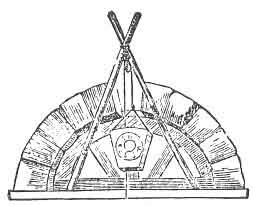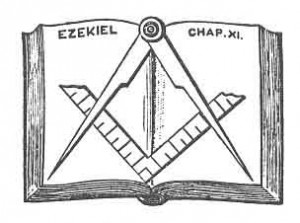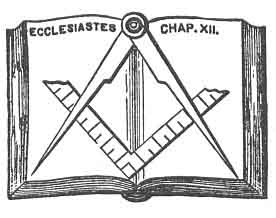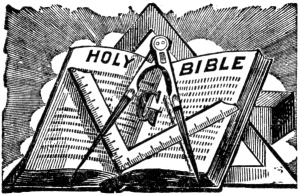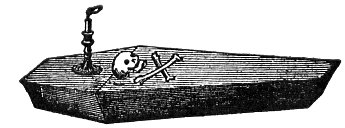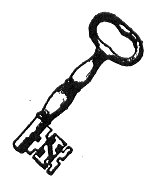are the differences between each square and that which precedes it; giving us the sacred numbers, 3, 5, 7, and 9.
Of these numbers, the square of 3 and 4, added together, gives the square of 5; and those of 6 and 8, the square of 10; and if a right-angled triangle be formed, the base measuring 3 or 6 parts, and the perpendicular 4 or 8 parts, the hypothenuse will be 5 or 10 parts; and if a square is erected on each side, these squares being subdivided into squares each side of which is one part in length, there will be as many of these in the square erected on the hypothenuse as in the other two squares together.
Now the Egyptians arranged their deities in Triads–the FATHER or the Spirit or Active Principle or Generative Power; the MOTHER, or Matter, or the Passive Principle, or the Conceptive Power; and the SON, Issue or Product, the Universe, proceeding from the two principles. These were OSIRIS, ISIS, and HORUS. In the same way, PLATO gives us Thought the Father; Primitive Matter the Mother; and Kosmos the World, the Son, the Universe animated by a soul. Triads of the same kind are found in the Kabalah.
PLUTARCH says, in his book De Iside et Osiride, “But the better and diviner nature consists of three, that which exists within the Intellect only, and Matter, and that which proceeds from these, which the Greeks call Kosmos; of which three, Plato is wont to call the Intelligible, the ‘Idea, Exemplar, and Father’; Matter, ‘the Mother, the Nurse, and the place and receptacle of generation’; and the issue of these two, ‘the Offspring and Genesis,'” the Kosmos, “a word signifying equally Beauty and Order, or the Universe itself.” You will not fail to notice that Beauty is symbolized by the Junior Warden in the South. Plutarch continues to say that the Egyptians compared the universal nature to what they called the most beautiful and perfect triangle, as Plato does, in that nuptial diagram, as it is termed, which he has introduced into his Commonwealth. Then he adds that this triangle is right-angled, and its sides respectively as 3, 4, and 5; and he says, “We must suppose that the perpendicular is designed by them
p. 88
to represent the masculine nature, the base the feminine, and that the hypothenuse is to be looked upon as the offspring of both; and accordingly the first of them will aptly enough represent OSIRIS, or the prime cause; the second, ISIS, or the receptive capacity; the last, HORUS, or the common effect of the other two. For 3 is the first number which is composed of even and odd; and 4 is a square whose side is equal to the even number 2; but 5, being generated, as it were, out of the preceding numbers, 2 and 3, may be said to have an equal relation to both of them, as to its common parents.”
* * * * * * The clasped handsis another symbol which was used by PYTHAGORAS. It represented the number 10, the sacred number in which all the preceding numbers were contained; the number expressed by the mysterious TETRACTYS, a figure borrowed by him and the Hebrew priests alike from the Egyptian sacred science, and which ought to be replaced among the symbols of the Master’s Degree, where it of right belongs. The Hebrews formed it thus, with the letters of the Divine name:
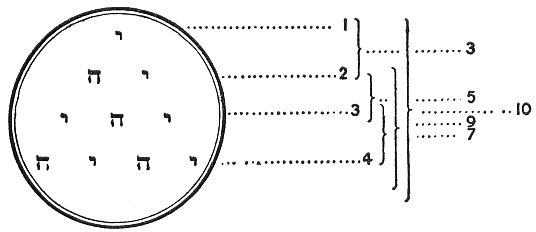 The Tetractysthus leads you, not only to the study of the Pythagorean philosophy as to numbers, but also to the Kabalah, and will aid you in discovering the True Word, and understanding what was meant by “The Music of the Spheres.” Modern science strikingly confirms the ideas of Pythagoras in regard to the properties of numbers, and that they govern in the Universe. Long before his time, nature had extracted her cube-roots and her squares.
The Tetractysthus leads you, not only to the study of the Pythagorean philosophy as to numbers, but also to the Kabalah, and will aid you in discovering the True Word, and understanding what was meant by “The Music of the Spheres.” Modern science strikingly confirms the ideas of Pythagoras in regard to the properties of numbers, and that they govern in the Universe. Long before his time, nature had extracted her cube-roots and her squares.
* * * * * * All the FORCES at man’s disposal or under man’s control, or subject to man’s influence, are his working tools. The friendship and sympathy that knit heart to heart are a force like the attraction

Moe is the founder of GnosticWarrior.com. He is a father, husband, author, martial arts black belt, and an expert in Gnosticism, the occult, and esotericism.


